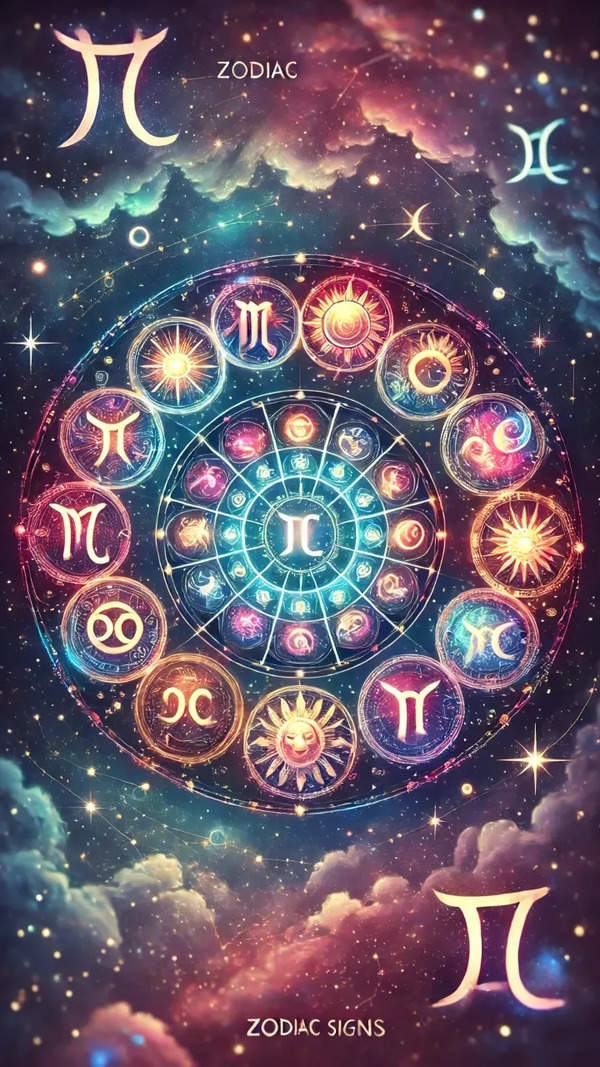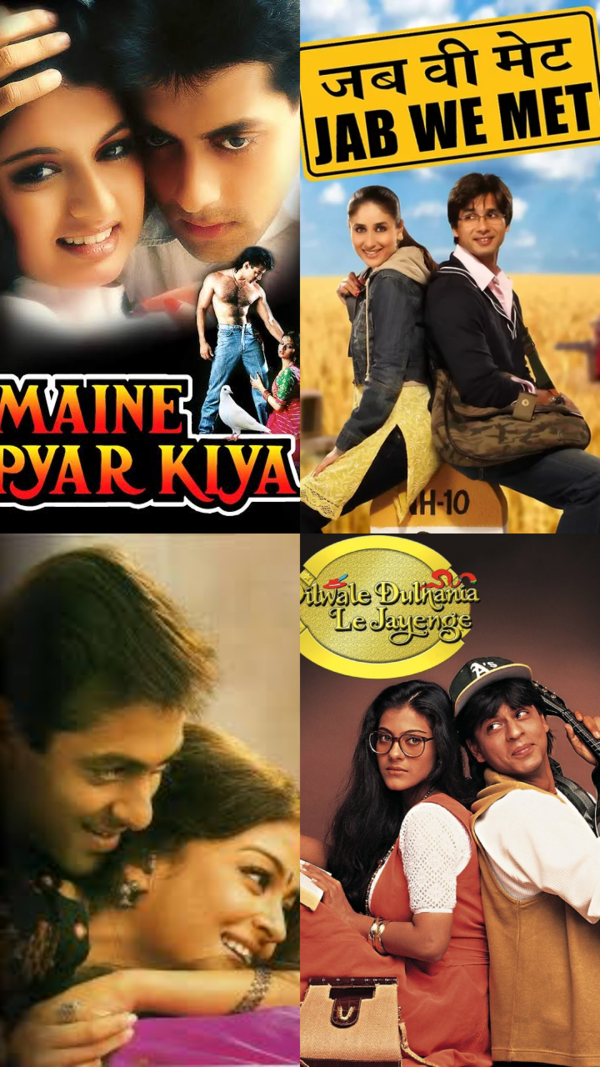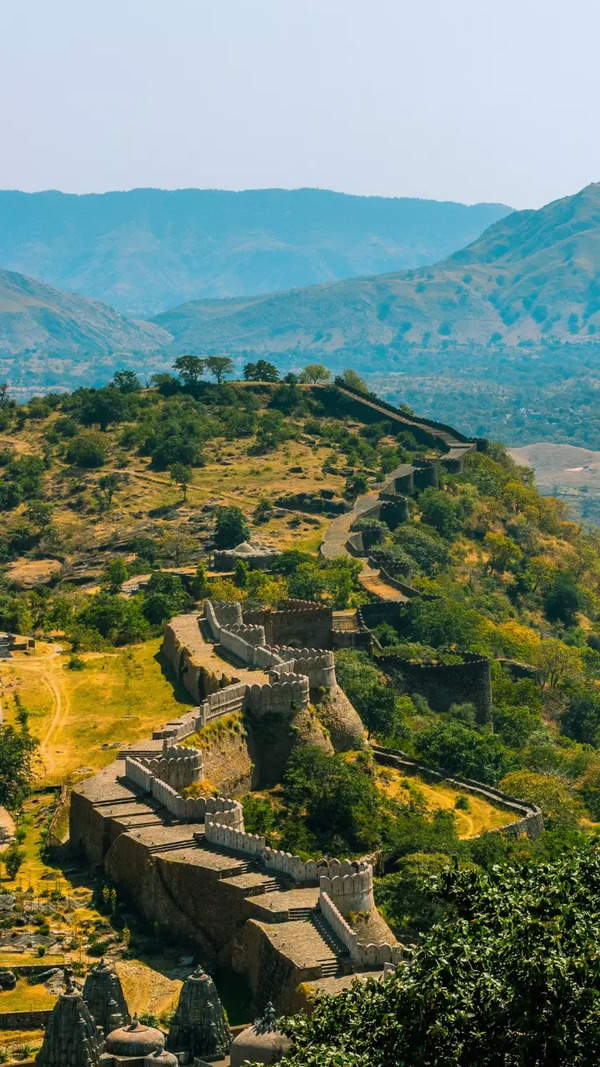- News
- City News
- nagpur News
- Nagpur riot 'preplanned', houses, shops targeted: BJP MLA Pravin Datke
Trending
Nagpur riot 'preplanned', houses, shops targeted: BJP MLA Pravin Datke
Maharashtra BJP MLA Pravin Datke alleged preplanned violence in Nagpur's Mahal area, targeting specific homes and businesses after damaging CCTV cameras. Clashes erupted following protests over Aurangzeb’s tomb, resulting in arson, stone-pelting, and attacks on police. Authorities imposed curfews, deployed more than 1,000 security personnel, and vowed to identify and arrest the perpetrators.
NEW DELHI: Maharashtra BJP MLA Pravin Datke has alleged that the violent clashes in the Mahal area of Nagpur were "preplanned" and targeted only specific homes and businesses.
He claimed that prior to the unrest, CCTV cameras were deliberately damaged, and the mob, armed with weapons, executed the attack in an orchestrated manner.
The violence, which erupted following a protest over Aurangzeb’s tomb, saw large-scale arson, stone-pelting, and attacks on police personnel. Over 50 rioters were arrested as police launched combing operations in the affected areas.
Speaking to the media on Tuesday, Datke said, “I have reached here this early morning. This entire thing was preplanned. After an agitation yesterday morning, an incident took place at Ganesh Peth police station, then everything was normal... Later, the mob entered only specific houses and shops... First, all the cameras were broken and then the violence was carried out with weapons in a preplanned manner... I spoke to the CP (Commissioner of Police), this is a sensitive area... We called PI Sanjay Singh for two hours but his phone was off... We had been reaching out to the police. When the police reached here, everything was done here... I will also speak to the CM... The images of the perpetrators are in the DVRs. We will provide it to the police... It is regrettable that yesterday, the police did not stand with the specific citizens... PIs like Sanjay Singh don’t listen to the citizens... A large part of the mob came from the outside,”.
The violence, which erupted on March 17th night in Nagpur, just 2km from the fortified RSS headquarters, was triggered by protests demanding the removal of Aurangzeb's tomb.
The agitation, led by VHP and Bajrang Dal, escalated after rumours spread that right-wing activists had burned effigies of Aurangzeb and a religious ‘chadar’ at Shivaji Putla Square. In response, members of another community gathered in large numbers, demanding immediate action. The situation spiraled out of control, leading to stone-pelting, arson, and violent clashes with the police.
At least 10 commandos of the anti-riot police, two IPS officers, and two fire personnel sustained serious injuries. One constable is battling for life in a government hospital. Mobs torched 40 vehicles, including two JCB machines, and vandalized police vans. Several shops and offices in the vicinity were set ablaze.
Authorities imposed a curfew under Section 163 in multiple areas, including Mahal, Chitnis Park Chowk, and Bhaldarpura, to prevent further escalation.
As the clashes intensified, CM Devendra Fadnavis and Union Minister Nitin Gadkari issued urgent appeals for calm. “Nagpur has always been a peaceful city where people coexist in harmony. I urge citizens not to believe in rumours and cooperate with law enforcement,” Fadnavis said. Guardian Minister Chandrashekar Bawankule visited the affected areas and vowed to take strict action against those responsible.
With tensions rising, police commissioner Ravinder Singal deployed over 1,000 security personnel and ordered heavy reinforcements. Riot-control vehicles ‘Varun’ (water cannon) and ‘Vajra’ (tear gas unit) were used to disperse the mob. Intelligence agencies and the anti-terrorism squad (ATS) were also roped in to assess potential security threats.
Law enforcement authorities have activated local peace committees to de-escalate tensions, urging community leaders to intervene. However, sporadic incidents of stone-pelting continued late into the night. Police officials admitted that an online misinformation campaign played a significant role in fuelling the violence, as false narratives spread rapidly on social media.
After nearly an hour of rioting, the Mahal area was engulfed in eerie silence, interrupted only by sporadic sloganeering. Burned vehicles, shattered glass, and broken stones lined the streets. Riot control officers stood guard, some bearing fresh wounds from the night’s clashes. Tear gas lingered in the air as police continued to detain suspects.
Authorities have vowed to identify and arrest all perpetrators, with forensic teams reviewing CCTV footage from DVRs recovered from the site. “Nobody will be spared,” assured Bawankule, adding that efforts are underway to restore normalcy in the city.

About the Author
TOI City DeskEnd of Article
FOLLOW US ON SOCIAL MEDIA









